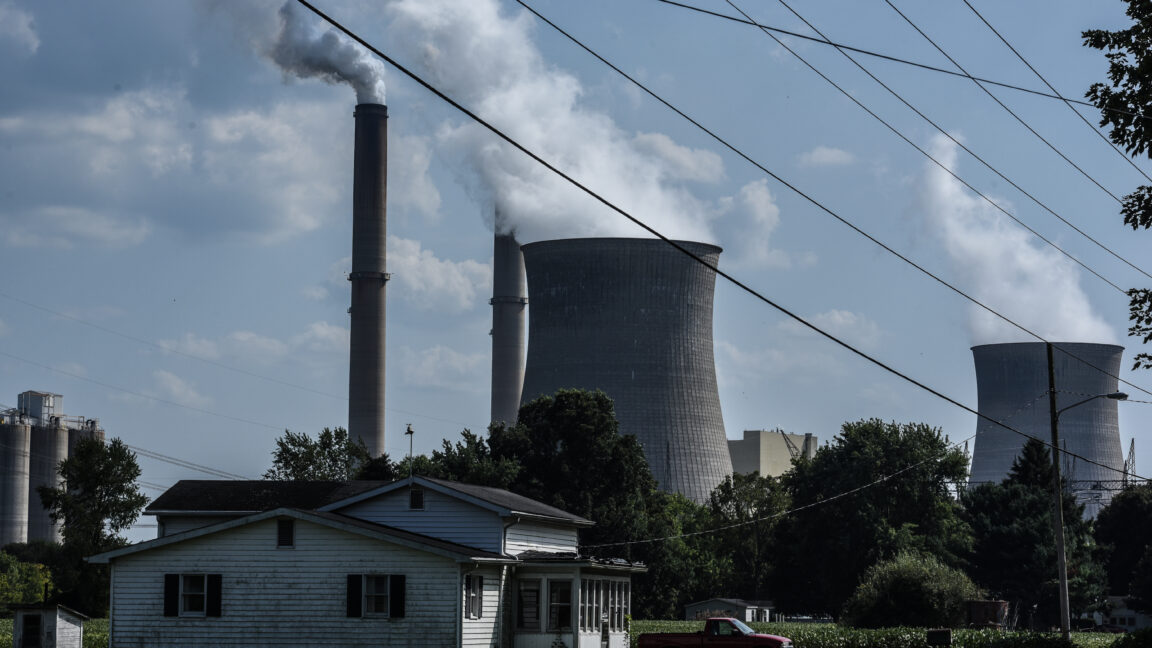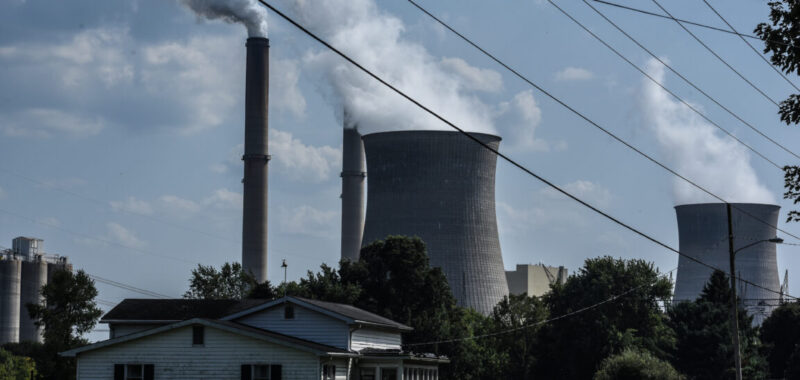
This article originally appeared on Inside Climate News, a nonprofit, non-partisan news organization that covers climate, energy, and the environment. Sign up for their newsletter here.
There is renewed talk of a coal power comeback in the United States, inspired by Donald Trump’s return to the presidency and forecasts of soaring electricity demand.
The evidence so far only shows that some plants are getting small extensions on their retirement dates. This means a slowdown in coal’s rate of decline, which is bad for the environment, but it does little to change the long-term trajectory for the domestic coal industry.
In October, I wrote about how five of the country’s 10 largest coal-fired power plants had retirement dates. Today, I’m revisiting the list, providing some updates and then taking a few steps back to look at US coal plants as a whole. Consider this the “before” picture that can be judged against the “after” in four years.
Some coal plant owners have already pushed back retirement timetables. The largest example, this one from just before the election, is the Gibson plant in Indiana, the second-largest coal plant in the country. It’s set to close in 2038 instead of 2035, following an announcement in October from the owner, Duke Energy.
But the changes do not constitute a coal comeback in this country. For that to happen, power companies would need to be building new plants to replace the many that are closing, and there is almost no development of new coal plants.
That said, there have been some changes since October.
As recently as a few months ago, Southern Co. was saying it intended to close Plant Bowen in Georgia by 2035 at the latest. Bowen is the largest coal plant in the country, with a summer capacity of 3,200 megawatts.

